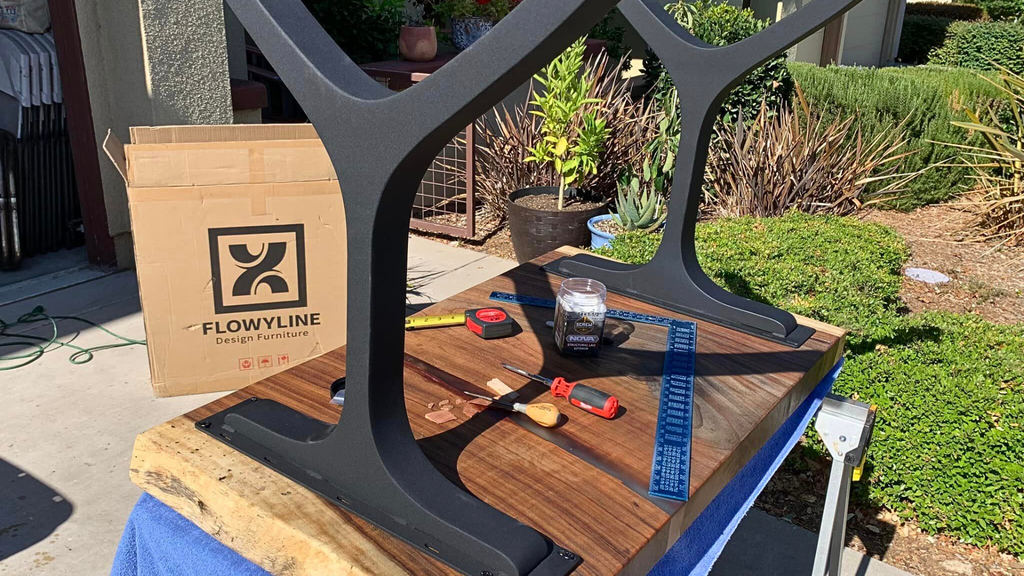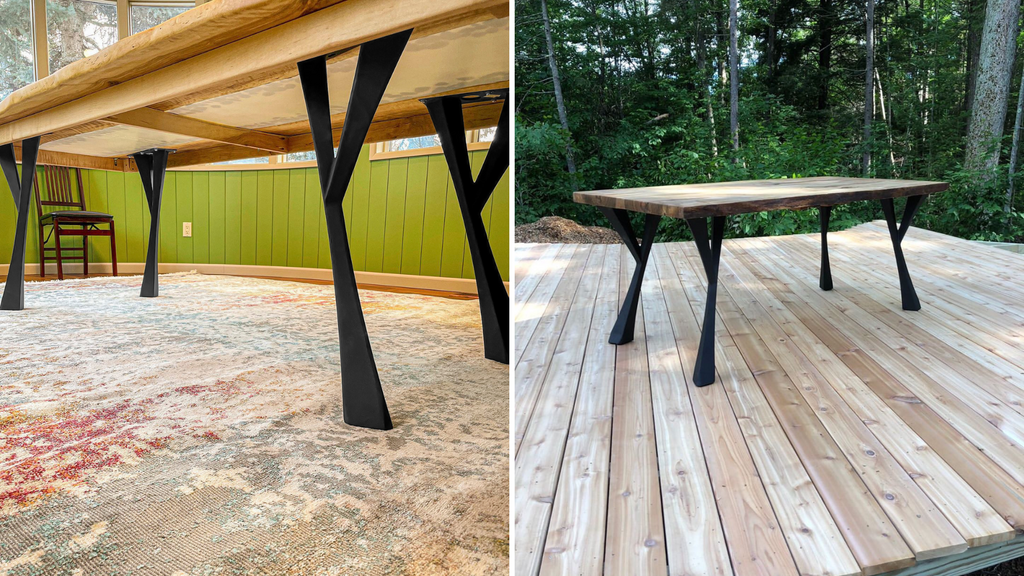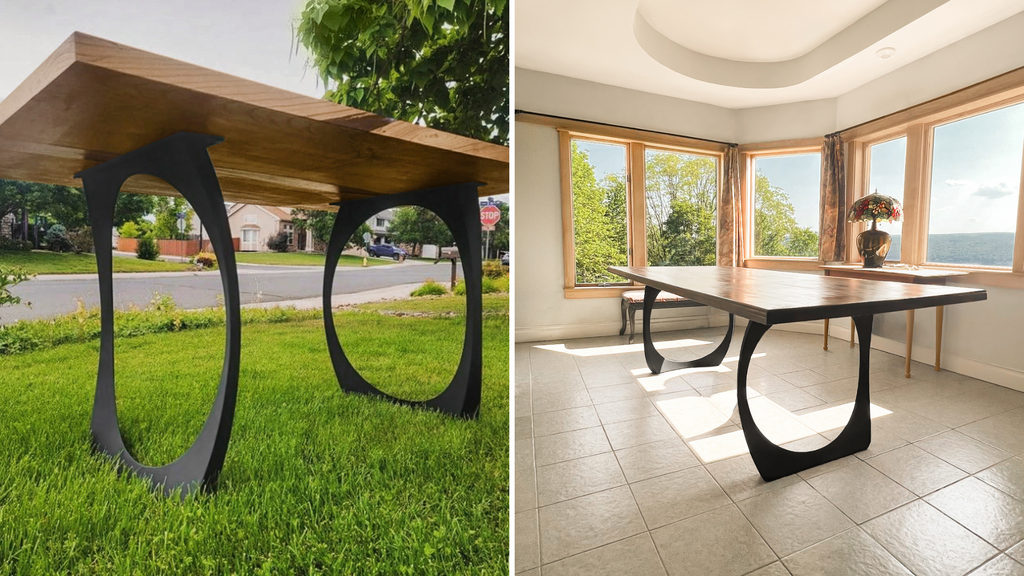Are you ready to awaken your inner genius (or at least that dusty part of your brain that remembers how multiplication works) in this hilarious puzzle game? But we need a puzzle table! A DIY puzzle table with legs is the perfect solution for a stable surface and doubles as a stylish piece of furniture. Right now, we'll show you how to build a puzzle table with legs that is sturdy and meets the aesthetic appearance.
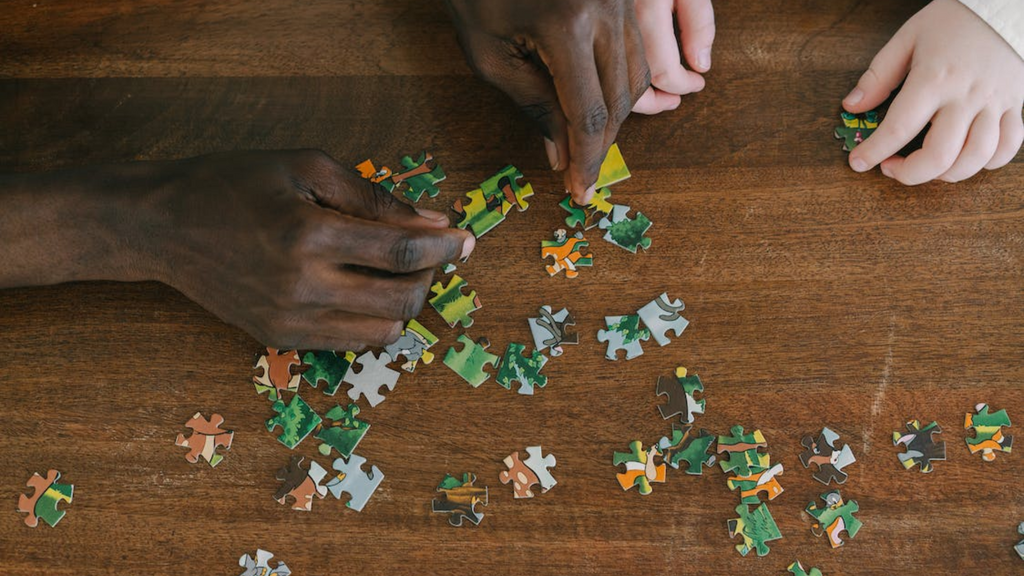
How to make a puzzle table
Credit: Mikhail Nilov
Materials You'll Need
- Plywood or MDF board (36" x 24" for a standard-sized puzzle)
- Four wooden or metal table legs (pre-made or DIY)
- Wood screws
- Sandpaper (various grits)
- Wood glue
- Wood stain or paint (optional)
- Paintbrushes (if staining or painting)
- Screwdriver or drill
- Measuring tape
- Saw (circular saw or jigsaw)
- Clamps (optional)
- Pencil
- Safety gear (goggles, dust mask, ear protection)
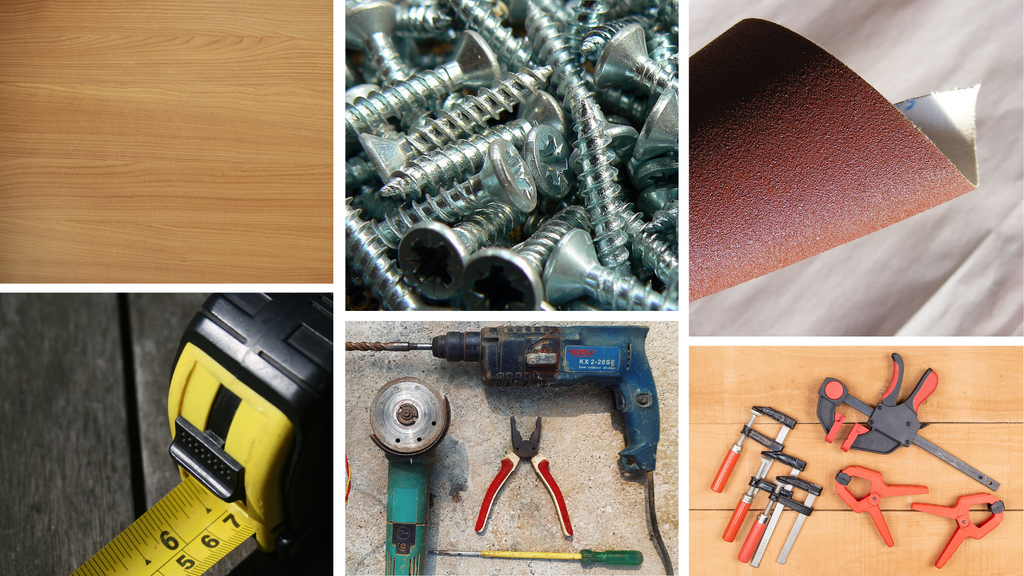
Tools and materials for creating a puzzle table
Credit: Flowyline Design
Step-by-Step Guide
Step 1: Measure and Cut the Tabletop
Let's start by measuring and marking the top of your puzzle table on plywood or MDF board. Use a straight edge and a pencil to create straight lines, and then carefully cut along these lines with a saw. The common size for a puzzle game table is 36" x 24", but you can adjust it to your preference.
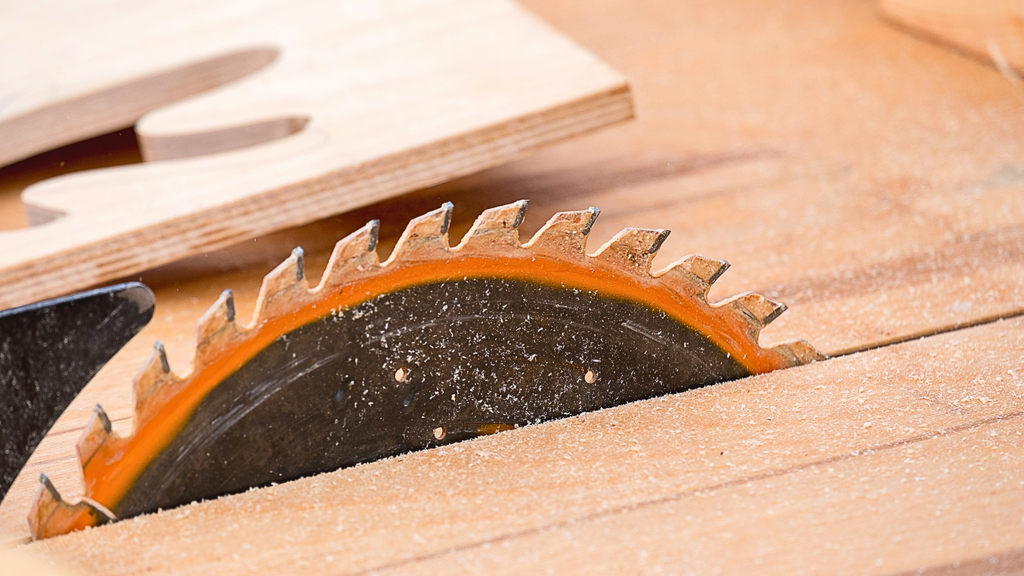
Measure, mark and cut the top of the puzzle table
Credit: ©Andrei Metelev on Canva.com
Step 2: Create the Frame
Cut your four pieces of 2x2 lumber to match the lengths of the sides of your tabletop.
Place the four pieces of lumber on a flat surface to create a rectangle. Apply wood glue to the ends of the lumber to stick them together.
Once the frame is square, drive the screws through the outside of the frame into the ends of the adjoining pieces. Pre-drill holes to prevent splitting.
Then, attach the frame to your tabletop. Use glue to fix the frame into your top and drive screws through the frame into the tabletop at regular intervals (every 6-8 inches) along all four sides.
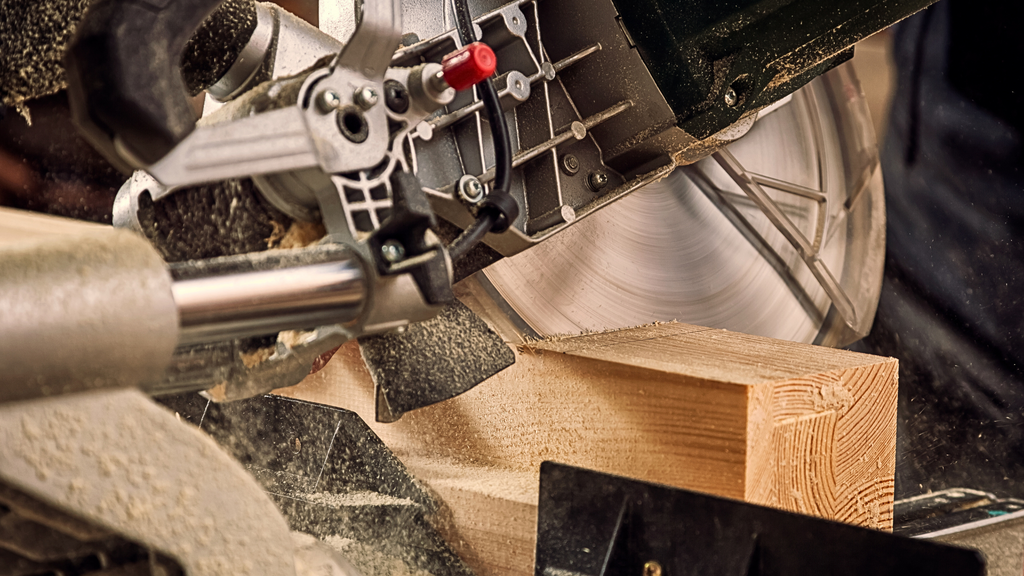
Make a frame of your tabletop
Credit: ©Andrei Metelev on Canva.com
Step 3: Sand the Edges and Surface of the Tabletop
After framing the tabletop, use coarse grit and finer grit sandpapers to smooth out rough edges for a smoother finish. Keep an eye on sanding the top surface carefully as well to remove any imperfections.
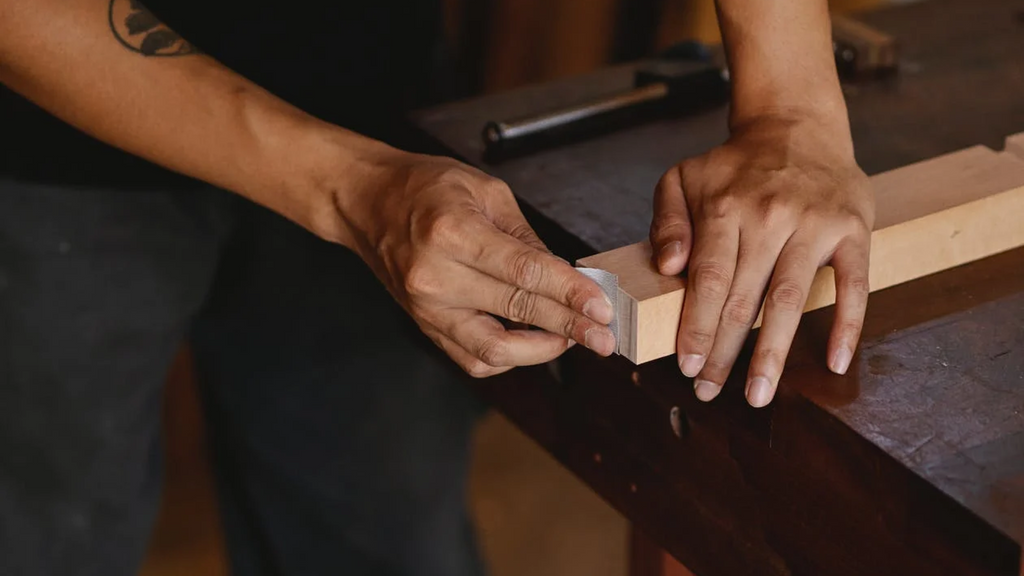
Sand the edges and surface of the wood
Credit: Ono Kosuki
Step 4: Build a Drawer Box
First, measure the space below the table you want and remember to leave space to pull it in and out smoothly.
Cut four pieces of wood to form the sides of the drawer so that the width and depth fit the available space.
Prepare the bottom and front base plates, making sure the sizes are appropriate.
Use wood glue and screws to assemble the frame, and attach a plywood base to complete the box.
So you have a drawer full of puzzles!
Step 5: Attach the Table Legs
If you use table legs for your puzzle table, follow the manufacturer's instructions for attaching them to the tabletop. If they are DIY table legs, you should watch the instructional videos for more precise assembly. Once you have the table legs, attach them to the corners of the tabletop using wood screws or wood glue.
- Should read: How to Make Tapered Table Legs: A Step-by-Step Guide
Shop now: 401 Wishbone Metal Table Legs
Step 6: Finish the Table (Optional)
You can leave your puzzle table with a natural wood finish or customize it to your liking. Try staining or painting puzzle tables with legs by applying the chosen finish with a paintbrush and let it dry according to the product's instructions.
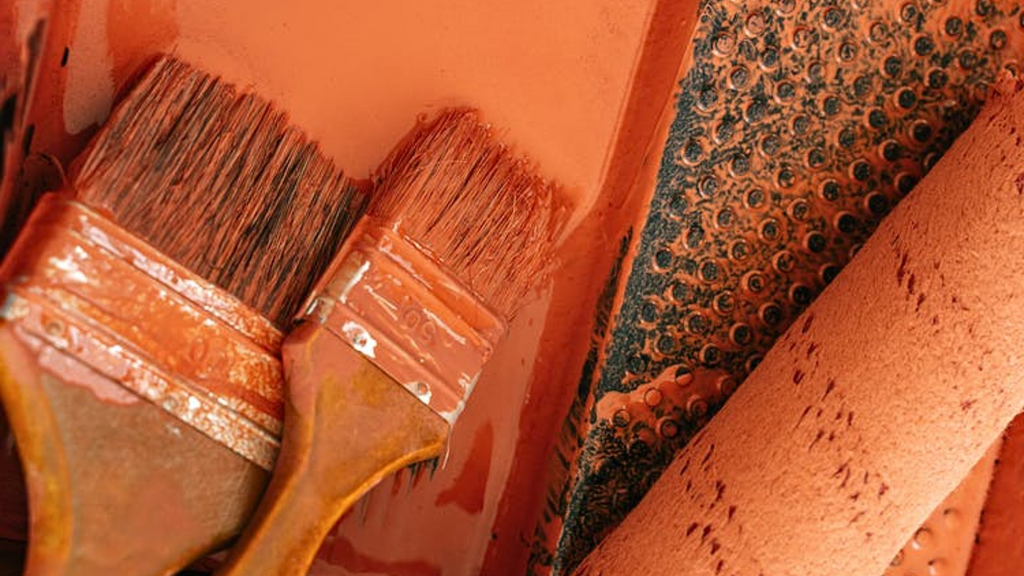
Stain or paint puzzle tables with a paintbrush
Credit: Ivan Samkov
Step 7: Set Up Your Puzzle Space
Once the finish is dry, your DIY puzzle table is ready for action. Place it in a comfortable spot, call your friends and enjoy hours of puzzling fun.

Set up your puzzle space
Credit: ©Robert Kneschke on Canva.com
For a more intricate DIY puzzle table project, refer to the video tutorial below:
Tips for Building a Puzzle Table
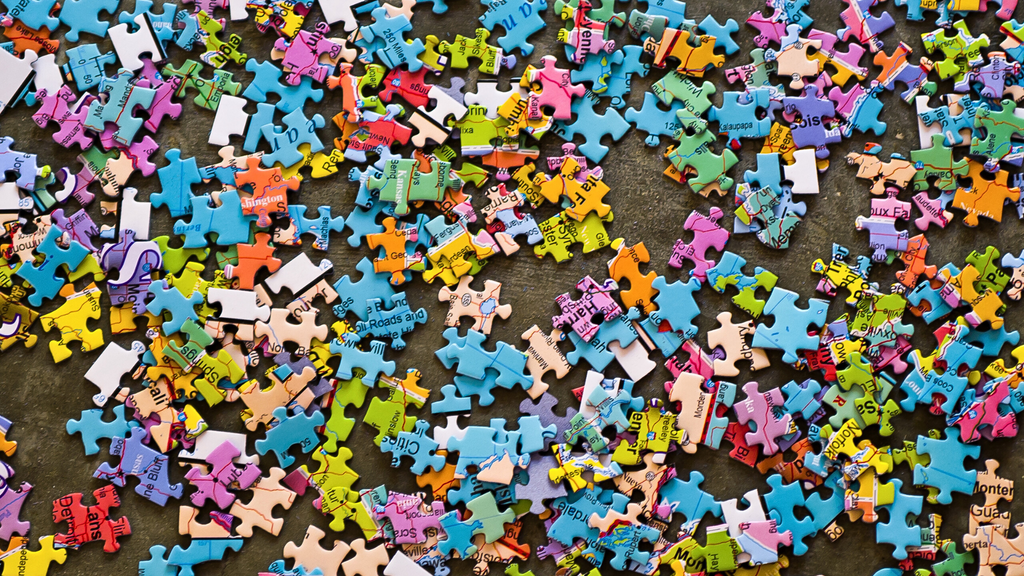
Regular puzzle tables are compatible with 2000-piece puzzle sets
Credit: ©Julia Phelan on Canva.com
- Choose the right surface: Have we forgotten anything? Puzzle boards also need extra space to move pieces. So, choose a surface large enough to cover this. Well, the surface must also be smooth to make it easy to move them. Laminated wood or MDF could be ideal!
- Test and adjust (if any): After assembling the table, test its stability by gently pushing and shaking it. Add some of the objects you usually place on the puzzle table right now to see if it can withstand this total weight. If, unfortunately, it sways unstablely, maybe you'll have to reinstall the legs or replace them with new, more sturdy ones.
- Check the size of the puzzle: Regular puzzle tables are compatible with 2000-piece puzzle sets. Most 2000-piece puzzles are rectangular and measure roughly 38 inches by 26 inches (approximately 96 cm × 66 cm), but they also vary based on the manufacturer and the design. Remember to check the product specs or packaging for the precise size of the puzzle you're interested in to accurately make a DIY puzzle table.
Stunning Metal Table Leg Designs for Puzzle Table by Flowyline Design
Metal legs by Flowyline are a fantastic choice for long-term use. Flowyline table leg and base designs all have adjustable levelers for stability and floor protection. They are constructed of solid steel and have a matte black powder coat finish. That is why Flowyline's design can produce unique metal legs and bases capable of supporting tabletops weighing 500 to 1000 pounds.
1. Hatty Metal Table Legs
Hatty legs are sleek and futuristic, with a curved form like a jigsaw piece. They are 24 inches broad and 28 inches tall, with a weight capacity of 500 pounds.

414 Hatty unique table legs
Credit: Flowyline Design
Shop now: 414 Hatty Metal Table Legs; 109 Xeni Metal Bench Legs
2. Yami Metal Table Legs
This leg design has a geometric and minimalist design with a triangular shape that fits well with a puzzle table. They are 28 inches tall and can support up to 500 lbs of weight.
Shop now: 507 Yami Metal Table Legs
3. Cleo Metal Table Legs
These rounded legs offer an exquisite and refined style that adds a bit of sophistication to a puzzle and game table. They are 21 inches broad and 28 inches tall, with a weight capacity of 500 pounds.
409 Cleo handmade table legs
Credit: Flowyline Design
Shop now: 409 Cleo Metal Table Legs
4. Botas Metal Table Legs
Botas design has creative and distinctive metal legs with a twisted shape that creates a dynamic look for a puzzle table. They are 23 inches wide and come in a wide range of heights including 16, 20, 28, and 37 inches tall. Botas design can support up to 500 lbs of weight.
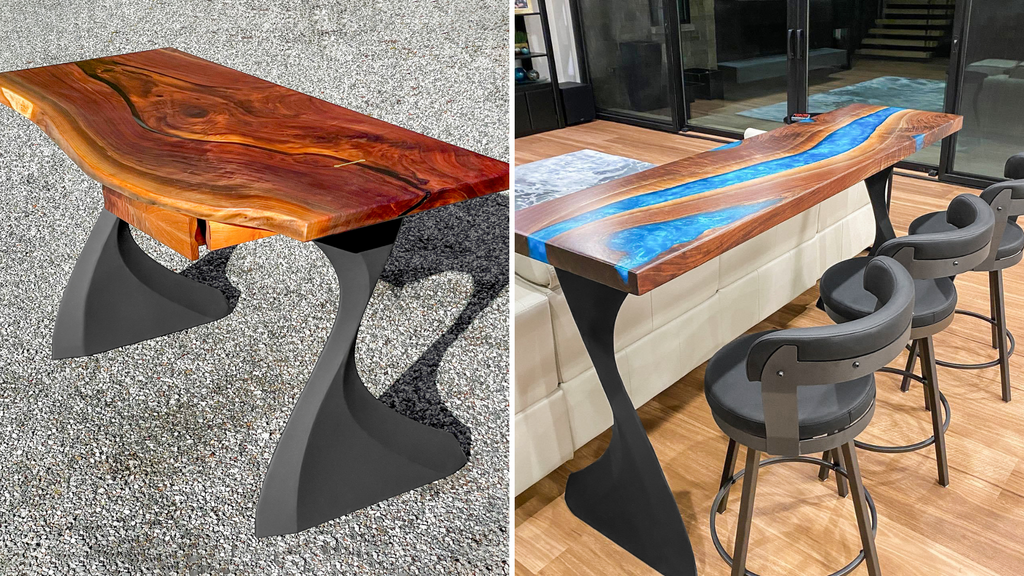
Counter table legs 604 Botas 37H
Credit: Flowyline Design
Shop now: 604 Botas Metal Counter Table Legs
5. Nura Metal Table Legs
Nura legs feature a basic and beautiful design with a straight curve that looks good with a puzzle table. They are 22 inches broad and 28 inches tall, with a weight capacity of 500 pounds.
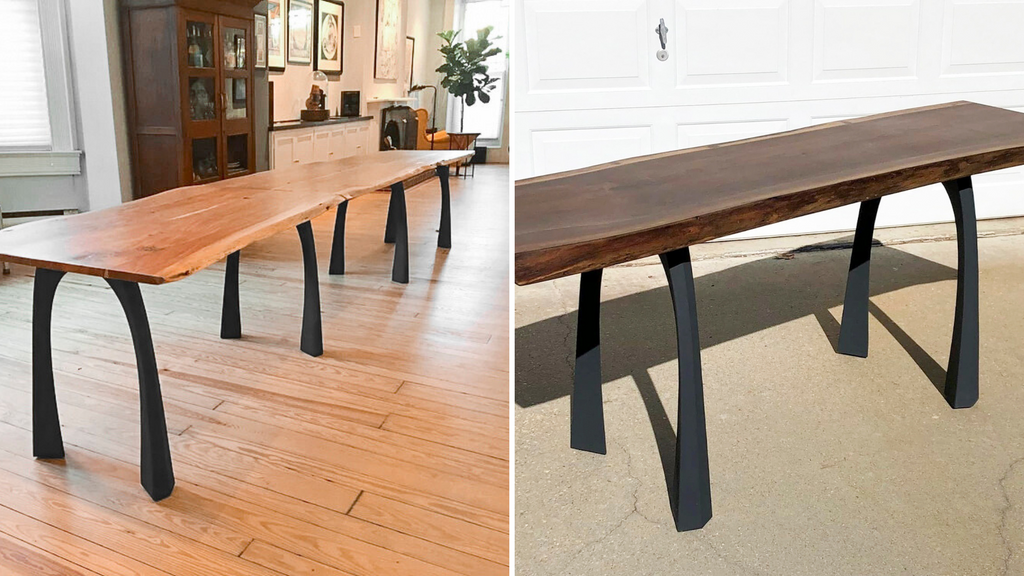
Counter table legs 604 Botas 37H
Credit: Flowyline Design
Shop now: 419 Nura Metal Table Legs
Building a DIY puzzle table with legs is both fun, increases creativity, and results in a product with the unique functionality and design you want. Let Flowyline help you create your dream puzzle table! Contact us immediately via email at customerservice@flowyline.com to add your DIY puzzle board today!


